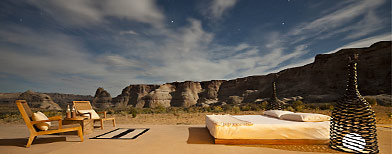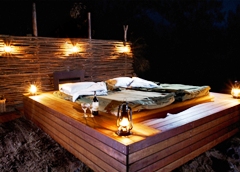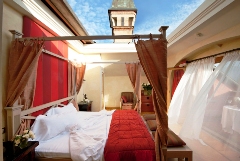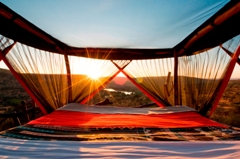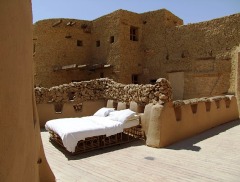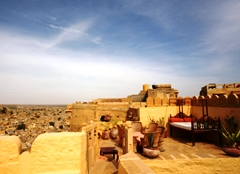Identity theft affects 9 million Americans each year. Knowing the most common methods identity thieves use could save your financial and medical health.
Paying with a credit card, updating friends on social networking sites and throwing out the trash are fairly common activities for most Americans these days. But however routine or harmless these behaviors might seem, they could potentially cost you your identity.
According to the Federal Trade Commission (FTC), a federal consumer protection agency, identity theft affects 9 million Americans each year.
The FTC website says, "Identity theft occurs when someone uses your personally identifying information, like your name, Social Security number, or credit card number, without your permission, to commit fraud or other crimes."
If your identity is stolen, your credit rating, finances and even your medical health could be at risk.
Identity theft is very difficult to detect. However, there are things you can do to protect yourself.
As is often the case, the best defense is sometimes a good offense.
Knowing the most common methods thieves use to steal identities is a good way to fight back. So this week in Financially Fit, we'll cover five of the top tricks of identity thieves.
#1 Skimming
Skimming can happen while you're paying for gas at the gas pump, when you're removing money from the ATM or even when you're handing over your credit card to pay for dinner.
"Skimming is when information is captured from your credit card illegitimately," says Leonard Cohen of the FTC.

Photo: L.A. County District Attorney's Office |
| The photo shows a typical skimmer technology attached to a credit card reader that was confiscated by the Southern California High Tech Task Force. |
At gas pumps and ATMs thieves install special equipment called skimmers that are not visible to the naked eye. These skimmers make two copies of your credit card information.
"One [copy] to process the transaction and one for the bad guys to later download," explains Cohen.
Skimming is a very lucrative scheme. In a recent Los Angeles case, a gang of thieves netted $2 million after placing skimmers on the credit card readers at gas pumps.
Cohen says skimming is a big problem — one that costs consumers and banks billions of dollars a year.
#2 Medical Identity Theft
Medical identity theft is on the rise, and it's scary. This type of identity theft not only has financial risks, it could cost you your life. Here, thieves use your identity to gain access to doctors, dentists, prescriptions and procedures, and then send you and your insurer the bill.
In 2009, 1.4 million Americans were victims of medical identity theft according a report by Experian.
"If a person who is impersonating you has had medication administered [and] a procedure performed and then you go into the emergency room, and you are not conscious, and your medical records reflect that you have had this procedure performed [and] you have had this medication administered, when in fact you hadn't, there are some real medical risks there," Cohen says.
If you start to receive bills for procedures that you didn't have or from providers that you don't use, that's a key way to determine that someone else might be using your medical benefits.
#3 Social Networking Abuse
Social networking allows us to keep up with friends, family and colleagues, but these websites also serve up our identities on a silver platter to identity thieves.
According to a survey by the CMO council, one in every five users has been touched by social networking abuse.
Key personal details, such as age, hometown, employer and personal favorites, can be used against you.
Fraudsters on the web frequently use "pretexting" to steal your identity. The FTC website defines pretexting as "the practice of getting your personal information under false pretenses."
For example, after looking at your profile pages for basic information about you, a "pretexter" could call — pretending to be from an organization you trust — and ask for important personal data such as your birthday or social security number.
#4 Family and Friends
Theft source number four is surprisingly common — family and friends commit nearly half of all identity crimes. It often happens at the places we feel the safest, including at work, a college dormitory or even at home.
"Don't leave your pocket book laying around, don't leave your wallet around [and] check your credit card statements as soon as you get them," Cohen says.
It is important to look over all credit card statements carefully for any unidentified charges, says Cohen. He also recommends checking your credit report twice a year to spot all types of identity fraud.
#5 Dumpster Diving
Just taking out the trash is another routine activity that could put your identity at risk.
Every year, each of us throws away 175 pounds of paper, and much of that includes personal information thieves can use to steal your identity.
Credit card offers, bank account numbers and even just your name and address are clues thieves can use to help unlock your identity.
Visit the Federal Trade Commission website for additional information and identity theft-prevention methods.











